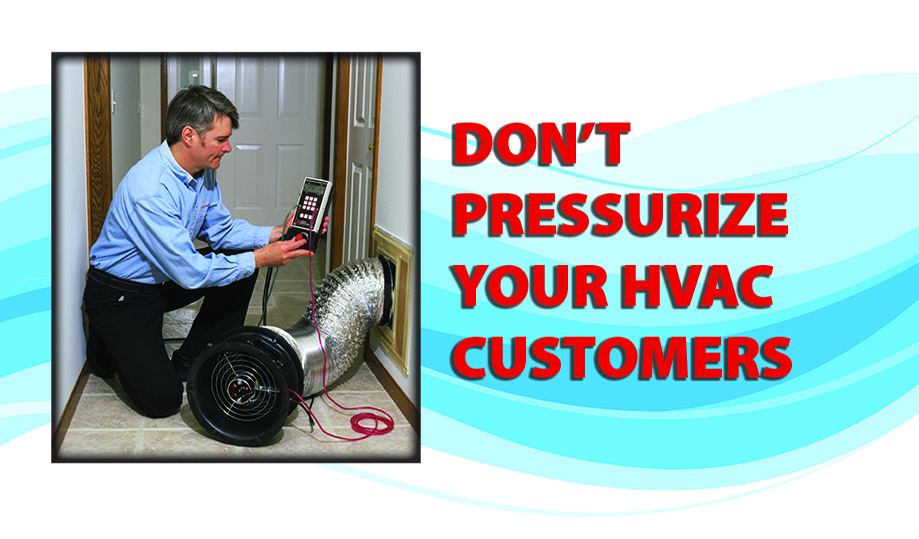In the Midwest, it is common to see laundry rooms with a natural draft water heater installed next to the garage. If the builder had done so in my brother’s home, the room’s negative pressure could have caused a natural draft water heater to backdraft and spill carbon monoxide.
Returns Blow, and Supplies Suck
My brother’s furnace and ductwork are in a vented attic, so combustion air for the equipment wasn’t a concern. However, when you consider duct leakage, that’s another story.

A leaky return duct installed outside of the envelope is sucking in outside air, which can lead to the house becoming pressurized. When this occurs, there is too much air in the home, and it is forced out through gaps, cracks, and holes. This is called exfiltration.
If a supply duct leaks outside of the envelope, air meant to stay inside the home is forced out. Supply duct leakage can depressurize a house; another form of HVAC-induced infiltration.
Ductwork inside the building can be just as bad depending on where it leaks. In Chicago, most duct systems are in basements. There is a misconception that duct leakage inside the envelope doesn’t matter.
Well, it does matter.

Photo credit to Michael Cianfrocco.
The first thing to consider is air leaking into or out of the basement. If this happens, the air doesn’t move into or out of the room as intended. At a minimum, this could create a comfort complaint.
Leakage inside a home can cause room pressure issues that can increase infiltration and/or exfiltration. In the worst-case scenario, the pressures can interact with the draft of a gas appliance and create a dangerous environment by introducing carbon monoxide into the home.
What’s the Solution?
Furthermore, my brother’s blower motor speed was set too high, thus moving too much air. By reducing the fan airflow, I reduced room pressurization issues. He still needs to install a return duct in his primary bedroom, and I suggested he install jumper ducts for the smaller bedrooms and the laundry room.
Sizing a jumper duct or transfer grille can be tricky. Last year, I wrote an article for HVAC School called “What Airflow Goes Around Has To Come Around.”
In this article, I examined different methods of sizing transfer grilles and jumper ducts. Since that article’s release, The Energy Conservatory created a product called The Roomulator®. It is a card that gives guidance on passive return sizing.
Click Below for the Next Page:













Recent Comments